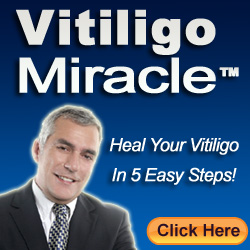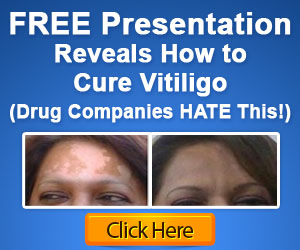Vitiligo is a skin disorder in which white patches develop on the affected person’s skin. It is due to the absence of melanin, and affects both children and adults. It most commonly occurs in people between the ages of 10 and 30. It is also common in people having autoimmune diseases.
There are several treatment options for vitiligo, and a couple of them are sunlight therapy and UV therapy. Note, however, that sunlight treatment for vitiligo should only be undertaken if there is limited availability of prescription light sources.
Sunlight treatment for vitiligo:
In sunlight treatment, the affected skin exhibiting white patches should be exposed to sunlight for a certain period, but should not be overexposed. The time will be suggested by the doctor according to your body condition. This should be continued for one year or even more. The exposure of the affected skin to the sun should be at least 15 to 20 minutes daily. It is recommended that this sunlight treatment is carried out both in the morning and in the late afternoon. Never expose yourself during the hours when sunlight is at its harshest, which is during midday.
The patient should make it a point to apply sunscreen lotions to avoid overexposure. Choose lotions with SPFs of about 15 to 30. Remember to wear protective clothing as well, since it is easier to burn your skin when you are affected by vitiligo.
Additionally, with this exposure to sunlight, L-phenylalanine can be taken daily. For children, the dosage should be 1000 mg and for adults, the dosage should be 3000 mg. For best results, it can be taken between meals. By doing so, the treatment will help in making the skin darker, particularly on the face. This will complement the sunlight treatment for vitiligo.
Experts have stated that the use of NB-UVB is safer than sunlight for vitiligo treatment. This is because sunlight has UVA rays, which are known to penetrate the skin deeper than UVB could. While UVB is also known as “burning rays,” narrow-band UVB is ideal for therapy as it only requires a few minutes of treatment as opposed to sunlight therapy where prolonged exposure periods are required.
UV light therapy for vitiligo:
UV light therapy is another effective treatment for vitiligo. It is also known as phototherapy, which helps in repigmenting the skin affected by this condition. This treatment is considered extremely valuable especially when vitiligo affects 20% of the body.
The only drawback of this treatment is that it works very slowly, as it starts working from the edges of the white patches, and will only reach the inner portions of the white patches after a long while. This treatment should be carried out regularly – more specifically, twice a week – up to a year.
This treatment has been proven safe and effective for fighting vitiligo. It can be tolerated by both adults as well as children as there have been no reports of adverse side effects, as long as it is performed by a health expert and safety precautions are strictly observed.
Sunlight Treatment To Cure Vitiligo,






















